For decades, downtown was the beating heart of our cities.
Edmonton’s Central Business District (CBD) – like so many across North America – was once the place where people worked, shopped, met friends, and felt the hum of urban life. Then came the global COVID-19 pandemic, and suddenly, the heart skipped a beat.
Now, as hybrid work and online retail reshape our routines, downtown Edmonton feels like a different place, full of empty storefronts, quiet sidewalks, and “For Lease” signs. What was once a daily destination for tens of thousands of workers has become, for many, a place they may visit occasionally – if at all.
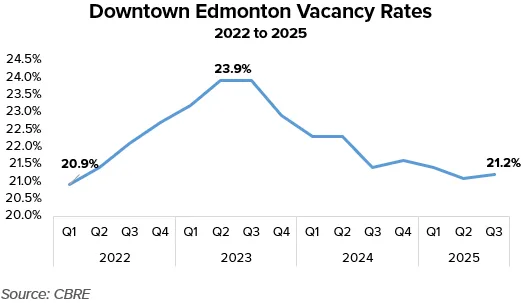
And Edmonton is not alone. Across Canada, cities are grappling with what real estate economist Stijn Van Nieuwerburgh calls the “urban doom loop.”
It is a vicious cycle: remote work reduces foot traffic, which lowers property values and tax revenues, forcing cities to scale back services. Those service cuts can feed social challenges and after concerns, further discouraging people from coming downtown.
If you’ve ever veered through Jasper Avenue or 10 Street and thought, “this used to feel busier,” you’re not imagining it.
To recognize the scale of the challenge, a coalition of civic and business organizations – including BILD Edmonton Metro – released the Downtown Investment Plan (DIP) in late 2024. The message was clear: if Edmonton wants a vibrant downtown once again, it will take bold investment and coordinated action. At its peak, downtown Edmonton generated 10% of the city’s tax base, despite occupying less than a percent of its land area. Today, that share has fallen to just 5.2%, largely due to the high office vacancy rates and declining property values.
Building on this industry-led effort, the City of Edmonton introduced the Downtown Action Plan, outlining the targeted actions and strategic investment needed to reverse the decline.
And to the city’s credit, money has started flowing.
In March of 2025, the Province stepped up with $183 million for ICE District Phase 2 – a $408.2 million partnership between the Province, City of Edmonton, and Oilers Entertainment Group. The next phase will turn the parking lots north of 105 Avenue, between 101 Street and 105 Street, into new homes, attractions, and public spaces.
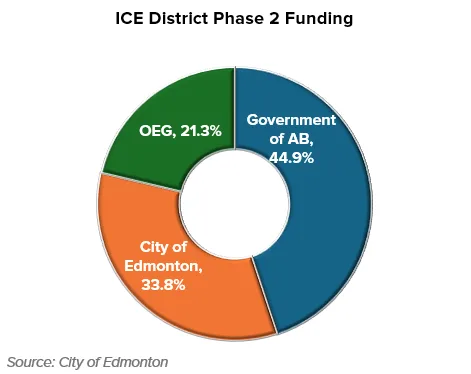
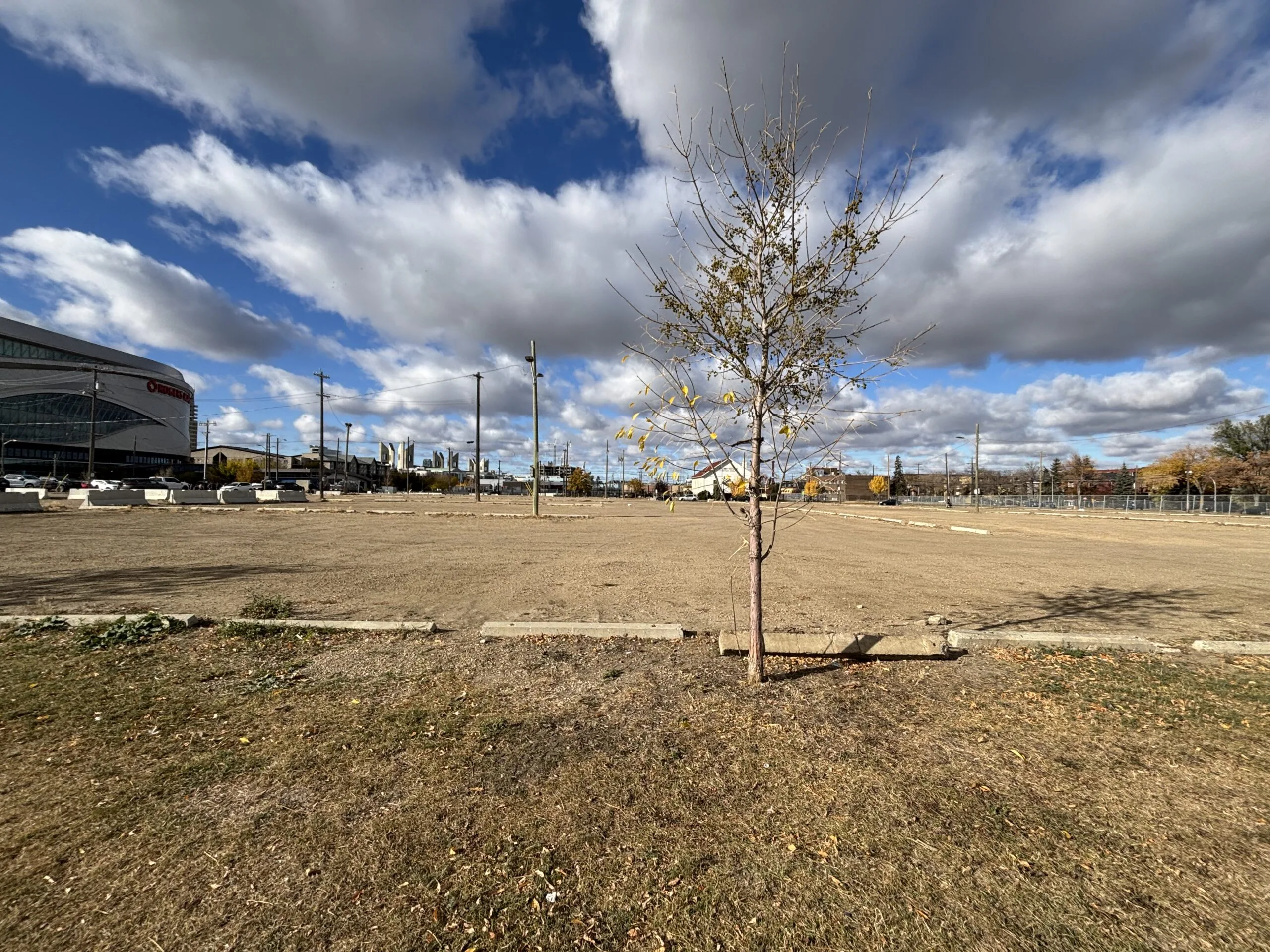
The City also scored a federal Housing Accelerator Fund bonus of $17 million more, bringing total HAF funding to $192 million for exceeding federal housing permit targets.
In June of 2025, City Council extended the Capital City Community Revitalization Levy (CRL) for another decade. The first CRL, launched in 2013, helped create over 3.5 million square feet of commercial space, 745 homes, and 356 hotel suites. The renewed program – worth a staggering $567 million – will also support ICE District’s next chapter, and this time with a strong focus on residential growth, specifically within the OEG fan park and the Village at ICE District.

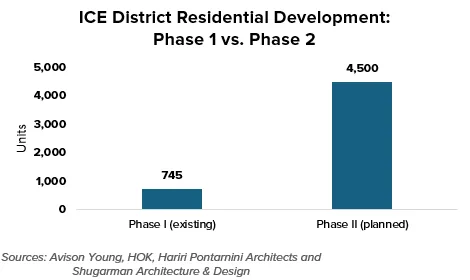
Just a few months later, in August of 2025, the City announced the Downtown Student Housing Incentive – $15 million from HAF funds to build more student housing close to campus and downtown.
Add it all up, and you’re looking at over $1.2 billion in new investment flowing into Edmonton’s core. That is big number. But is it enough?
A lot of money, but not yet a master plan
Here’s the catch: while that’s plenty of cash on the table, critics argue that these investments are still too fragmented. Housing here, infrastructure there – each project matters, but the efforts risk operating in silos.
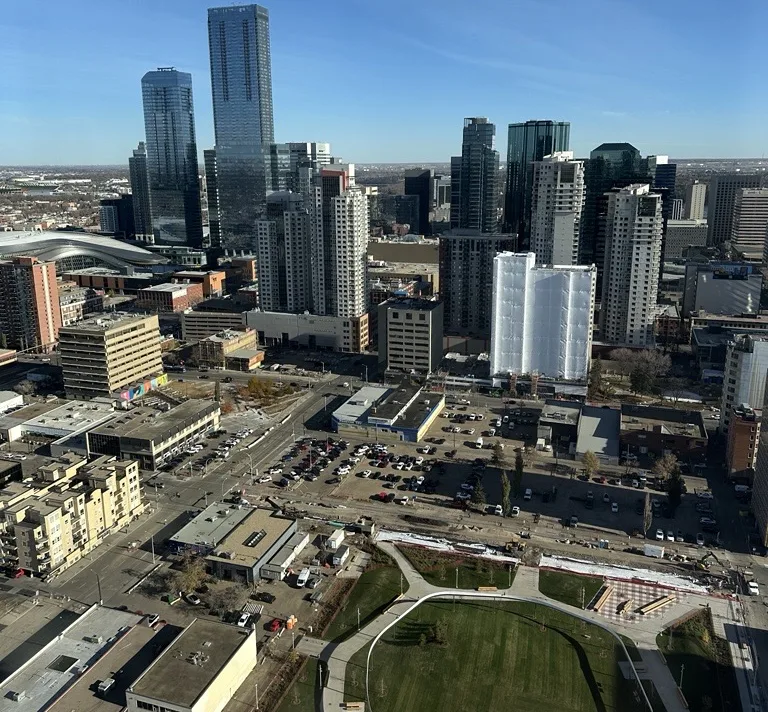
Downtown revitalization isn’t just about building more condos or paving more streets; it’s about creating an ecosystem. People need homes, yes, but they also need safe, welcoming streets, thriving local shops, accessible transit, and reasons to linger downtown beyond office hours.
To get here, Edmonton needs a coordinated system-based approach – one that connects housing, public space, and economic development under a single vision.
The Downtown Action Plan calls for the creation of a Downtown Leadership Group – bringing together business leaders, community organizations, post-secondary institutions, and property owners – to drive this work forwards without delay. Fortunately, that foundation already exists within the Downtown Revitalization Coalition, which, in partnership with BILD Edmonton Metro and other local stakeholders, helped catalyze downtowns investment through the Downtown Investment Plan.
Looking south: What Calgary did right
If you want to see what that that kind of vision looks like, head down the QEII Highway to Calgary.
In 2021, the City launched the Downtown Calgary Development Incentive Program, offering cash to convert empty office towers into housing, hotels and post-secondary spaces. The results? More than $200 million investment, transforming nearly 1.1 million square feet of office space into 756 homes and 221 hotel suites, with another 1.2 million square feet still in the works.
Over the last four years, the program has evolved to include considerations for affordable housing, density bonusing, demolitions, and arts and culture programming.
It’s not a miracle cure, but it’s made a dent, and Calgary’s downtown now feels more lived in – literally.
Edmonton has dipped its toes in the same water, but on a smaller scale. Projects like 100 House at the Financial District, Connect Tower, Williams Hall, McKenney Building and CN Tower are converting nearly 500,000 square feet of office space into residential use.
Sounds impressive, until you realize there is 3.4 million square feet of empty office space downtown as of Q3 of 2025.
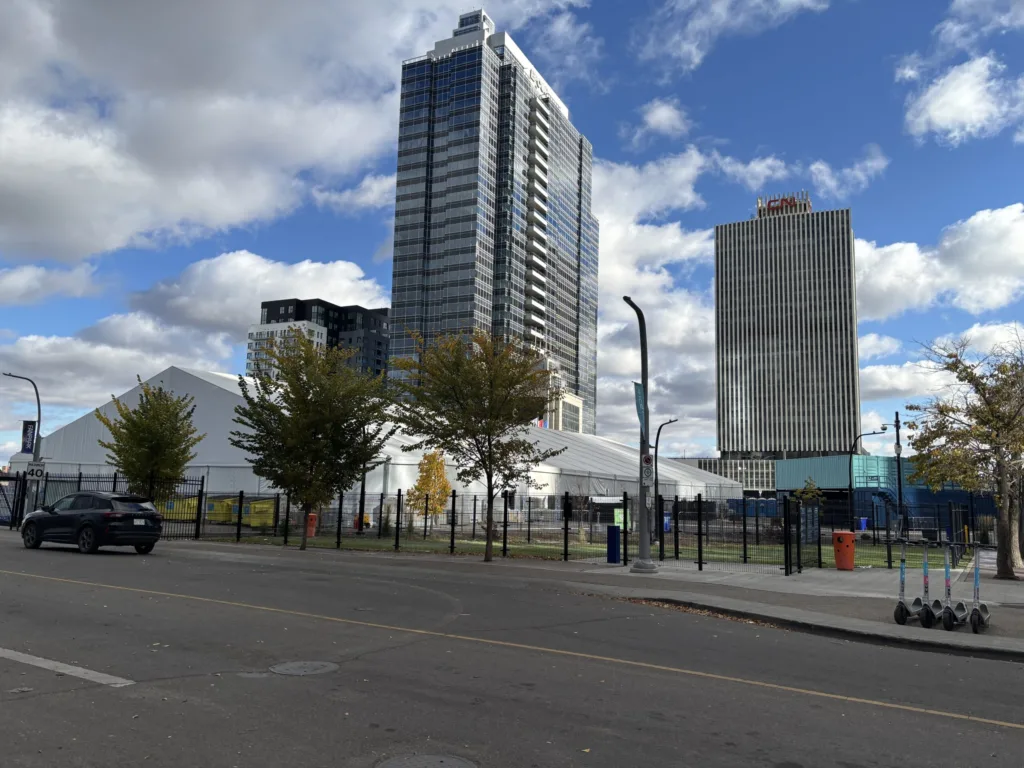
While there have been efforts from business leaders to enact a similar program in Edmonton, there has been no support from City council to date. The Downtown Action Plan and Downtown Investment Plan have enabled, via the CRL, the Attainable Housing Incentive Program, which could be leveraged to support office tower conversions.
In short, we’ve started, but there is a long way to go.
Reimagining What Downtown Is For
The pandemic didn’t kill the City Centre – it just forced us to rethink what it’s for.

Downtowns can no longer be nine-to-five zones; they need to become neighbourhoods again – places where people live, learn, shop, and experience culture.
Edmonton has the resources, and, increasingly, the political will to make that shift. But, success will depend on whether the city can connect the dots: lining up housing goals with its safety strategies, its infrastructure projects with its economic ambitions, and its development incentives with a long-term, human-centred urban plan.
Because the truth is, downtowns don’t die overnight – they fade slowly, one unfilled storefront and unused tower at a time. With the right vision, they can come back to life just as gradually, one street, one project, and one resident at a time.
The $1.2 billion question for Edmonton is clear: will we seize this moment to result downtown, both physically and purposefully, for the post-pandemic era?
Interested in more stats and facts? Email BILD Edmonton Metro for the latest research and reports: info@bildedmonton.com.
Written by Garren Sharpe